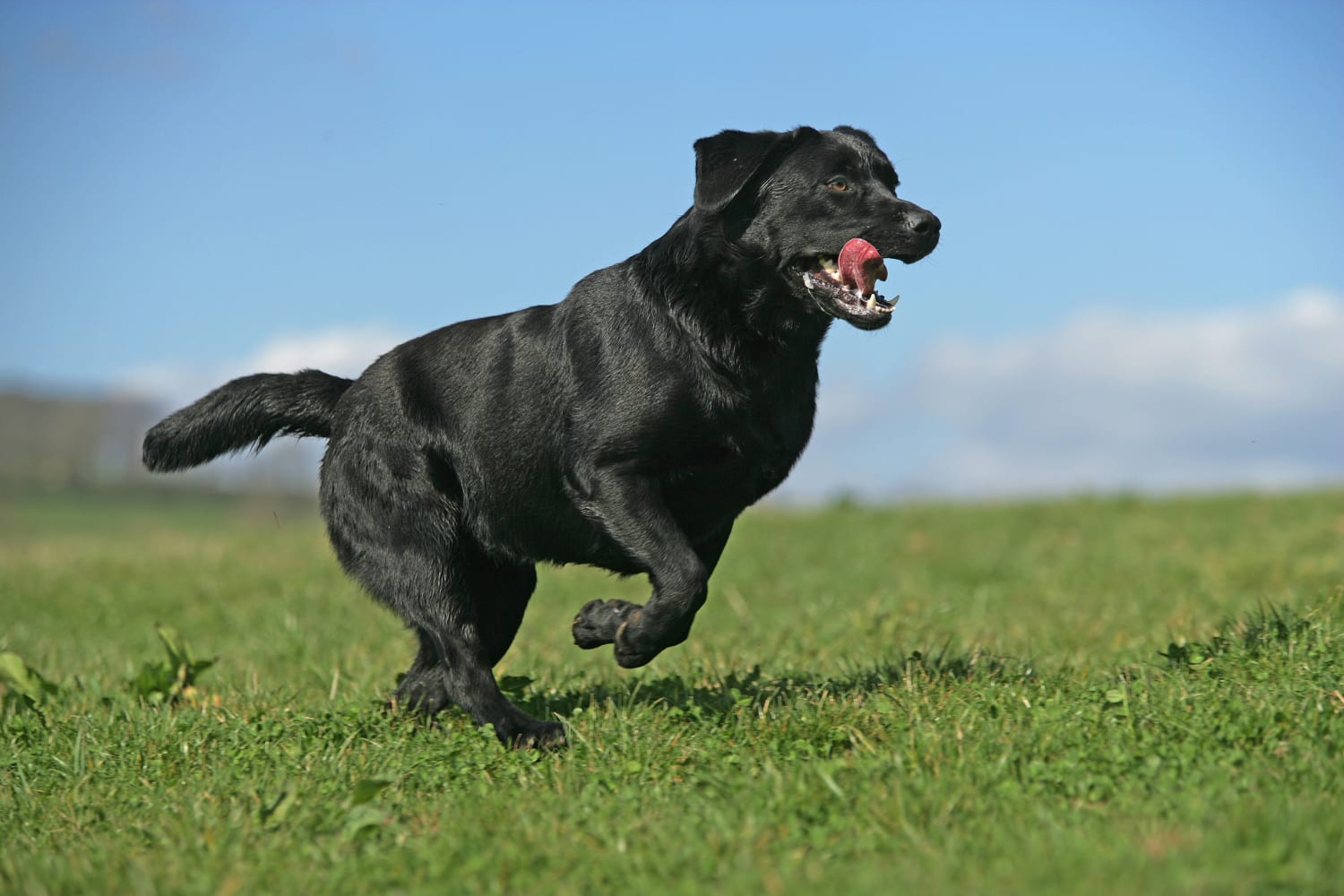Introduction
Dogs have long held a special place in our hearts as loyal and beloved companions. As we welcome these furry friends into our lives, it's natural to wonder about their lifespan and the precious time we have together. In this article, we explore the factors that influence a dog's lifespan, the various stages of their lives, and the importance of cherishing every moment spent with our canine companions.
Factors Affecting Lifespan
The lifespan of a dog can vary greatly depending on several factors, including breed, genetics, size, overall health, and care. Larger breeds tend to have shorter lifespans compared to smaller breeds, with some giant breeds averaging around 7-10 years, while smaller breeds can live into their late teens or even early twenties. Additionally, a dog's environment, diet, exercise, and access to regular veterinary care play crucial roles in their overall health and longevity.
Stages of a Dog's Life
Just like humans, dogs progress through different life stages, each with its unique characteristics and care requirements.
1. Puppyhood: The first stage is puppyhood, characterized by rapid growth, exploration, and the development of social skills. This is a critical period for proper training, socialization, and setting the foundation for a healthy and well-adjusted adult dog.
2. Adolescence: During adolescence, dogs go through physical and behavioral changes similar to human teenagers. They may display increased independence, testing boundaries, and exhibiting signs of sexual maturity. Consistent training and guidance are essential during this phase.
3. Adulthood: Adult dogs reach their physical and reproductive maturity during this stage. They are generally more settled, have established routines, and exhibit stable behavior patterns. Maintaining a balanced diet, regular exercise, and routine veterinary check-ups are crucial for their overall well-being.
4. Senior Years: As dogs enter their senior years, usually around 7-10 years of age depending on the breed, they may start to show signs of aging. They may experience reduced mobility, changes in appetite, and an increased risk of certain health conditions. Providing them with appropriate nutrition, exercise, and regular veterinary care can help manage age-related issues and maintain their quality of life.
Cherishing Every Moment
A dog's lifespan, regardless of its duration, is a finite gift filled with unconditional love, loyalty, and companionship. The bond we share with our dogs transcends time, and it's essential to cherish and make the most of every moment spent together.
1. Quality Time: Engage in activities that strengthen your bond, such as daily walks, playtime, training sessions, or simply cuddling on the couch. These shared experiences create lasting memories and deepen your connection.
2. Proper Care: Provide your dog with a balanced diet, regular exercise, mental stimulation, and routine veterinary check-ups. Early detection and treatment of potential health issues can help extend their lifespan and enhance their overall well-being.
3. Emotional Well-being: Dogs thrive on love, attention, and positive reinforcement. Show them affection, create a safe and comfortable environment, and address any behavioral or emotional needs they may have.
4. Adapt as They Age: As your dog enters their senior years, be mindful of their changing needs. Adjust their exercise routine, consider joint supplements if necessary, and provide them with a cozy and accessible space to rest.
Conclusion
The lifespan of a dog is a precious journey, filled with joy, companionship, and unforgettable moments. While we may wish for our dogs to live longer, it's important to focus on the quality of their lives and make every day count. By providing them with love, care, and attention throughout each stage of their lives, we can ensure that their time with us is cherished, and their legacy of unconditional love lives on in our hearts.

